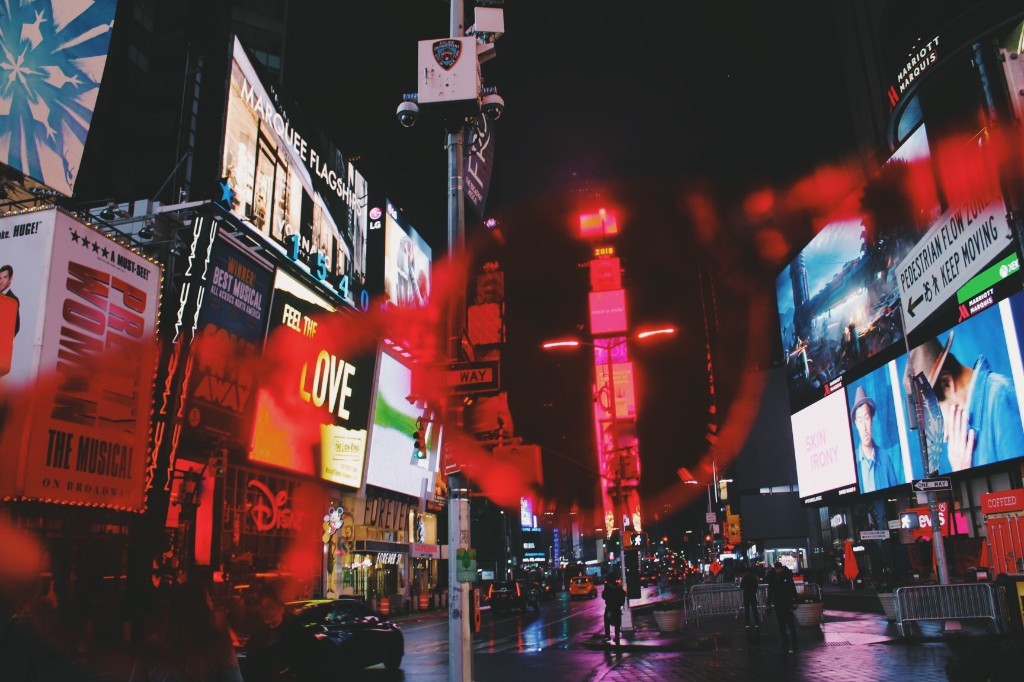In recent years, there has been a significant advancement in the field of Artificial Intelligence (AI) and Augmented Reality (AR). These technologies have become increasingly popular and have the potential to enhance virtual experiences in various fields such as gaming, education, healthcare, and...
AI-Generated Art Challenges Human Creativity and Artistic Expression

In the realm of art, the advent of artificial intelligence (AI) has sparked a revolution that is challenging the very essence of human creativity. AI-generated art, also known as computational creativity, has emerged as a disruptive force, blurring the lines between human and machine. This fascinating intersection of technology and artistic expression has ignited a spirited debate, with proponents arguing that AI has the potential to enhance human creativity, while critics fear the erosion of the unique human touch.
AI-generated art encompasses a wide range of forms, from paintings and sculptures to music and literature. Using deep learning algorithms, AI can analyze vast amounts of data, learn patterns, and generate original content that mimics the styles of renowned artists or creates entirely new ones. This process challenges the traditional notion that art is solely the product of human imagination, raising questions about the role of AI in shaping the future of artistic expression.
Proponents of AI-generated art argue that it offers a new frontier for human creativity. By harnessing the power of AI, artists can explore uncharted territories and push the boundaries of their own imagination. AI can serve as a powerful tool, providing inspiration, generating ideas, and assisting artists in their creative process. Moreover, AI-generated art has the potential to democratize the art world, making it more accessible to a wider audience and breaking down barriers to entry.
However, critics express concerns about the impact of AI on the authenticity and originality of art. They argue that AI lacks the emotional depth and subjective experience that are inherent in human creativity. While AI can imitate existing styles, it struggles to capture the unique perspective, emotions, and personal touch that artists infuse into their work. Critics also worry that the proliferation of AI-generated art may devalue human artistry, leading to a homogenization of artistic expression and a loss of the human connection that art evokes.
AI-Generated Art: The Rise of Machine Creativity
Artificial intelligence has made significant advancements in recent years, and one area where it has shown remarkable promise is in generating art. With the ability to analyze vast amounts of data and learn from patterns, AI algorithms are now capable of creating stunning pieces of art that challenge traditional notions of human creativity.
AI-generated art, also known as computational creativity or algorithmic art, is a burgeoning field that explores the intersection of technology and artistic expression. By feeding AI systems with vast amounts of data, such as images, paintings, and music, researchers and artists have been able to train algorithms to generate original and visually captivating artwork.
One of the key advantages of AI-generated art is its ability to break free from the constraints of human limitations. While human artists are bound by their own experiences, emotions, and physical abilities, AI algorithms have the potential to transcend these limitations and explore new artistic horizons. This has led to the creation of artwork that is innovative, unconventional, and often surprising.

The Role of Machine Learning in AI-Generated Art
Machine learning plays a crucial role in the creation of AI-generated art. By using algorithms that can learn from data, AI systems can analyze patterns, styles, and techniques from existing artwork and generate new pieces that mimic or combine these elements in novel ways.
Through a process known as deep learning, AI algorithms can analyze and understand the underlying structures and features of artwork, allowing them to generate original pieces that possess the same aesthetic qualities. This ability to learn and mimic artistic styles has led to the creation of AI-generated paintings that are indistinguishable from those created by humans.
The Implications of AI-Generated Art
The rise of AI-generated art raises several important questions about the nature of creativity and the role of artists in society. Some argue that AI-generated art challenges the traditional notion of the artist as the sole creator, as it blurs the line between human and machine creativity. Others see it as an opportunity for collaboration, where AI algorithms can serve as tools to enhance human artistic expression.
There are also concerns about the impact of AI-generated art on the art market and the value of original artwork. With AI capable of producing high-quality artwork at a fraction of the time and cost, some worry that it could devalue human-created art and disrupt the market. However, others argue that AI-generated art should be seen as a new form of artistic expression, deserving of its own recognition and appreciation.
In conclusion, AI-generated art is revolutionizing the art world, challenging traditional notions of human creativity, and redefining artistic expression. With advancements in machine learning and the ability of AI algorithms to analyze and mimic artistic styles, we are witnessing the rise of machine creativity that has the potential to reshape the way we perceive and appreciate art.



